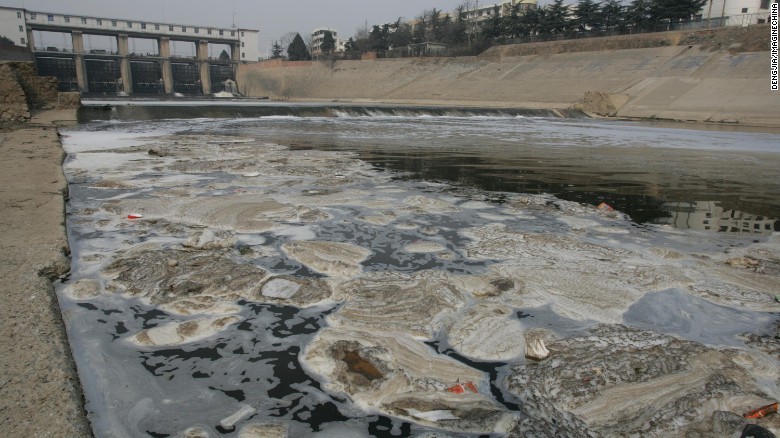By Sarah Lafen
Impunity Watch Desk Reporter, North America
MEXICO CITY, Mexico — Within the past two weeks, two mass graves have been found in Veracruz, Mexico that are attributed to the work of local drug cartels. Sometime within this past week, over 250 human skulls were found in a mass grave in the Mexican state Veracruz, according to state attorney general Jorge Winckler. Winckler did not comment on the exact day they found the grave, however he noted that this particular site might be the largest grave in Mexico.
Mexican authorities believe the human remains belong to victims of drug cartels and organized crime from recent years. Identification of the remains has begun, however has proved to be a slow and complicated process. Authorities are working to match the skulls to those in their database of missing people. Members of Colectivo Solecito, a group of relatives of the missing victims, aided discovery of the mass grave.
Martha Gonzalez, a member of Colectivo Solecito, noted that some will finally get closure as a result of the discovery. She recognized that although the authorities just give her the bones of her victim relative, she will be able to keep them somewhere safe, “put a flower on it,” and will be able to know they “are really there and resting.”
This past Sunday, another 47 skulls were unearthed from a few different locations near the town of Alvarado. Winckler said that the remains were found in eight different unmarked graves found within a 120-square meter area. So far, authorities have been able to match the remains to five people.
Winckler blames drug traffickers for using Veracruz for many years as a dumping ground for bodies. An ongoing turf war between the Zetas cartel and the Jalisco New Generation cartel is suspected to contribute to the high amounts of violence in the area. On March 1, 2017, 11 bodies were found near a popular tourist site.
Winckler also blamed the previous state government for not taking enough action to find and identify the bodies of people reported missing. Alluding to former governor Javier Duarte, who has charges of money laundering, organized crime, and looting state coffers against him, Winckler pointed out that “[f]or many years, the drug cartels disappeared people and the authorities were complacent.”
For more information, please see:
BBC — Mexico Violence: Skulls Found in New Veracruz Mass Grave — 20 March 2017
Reuters — Mexico Drug War Investigators Unearth 47 More Skulls in Mass Graves — 20 March 2017
Newsweek — Drug Cartels Blamed for Mass Grave Discovery in Mexico — 19 March 2017
CNN — ‘One Big Mass Grave’: More than 250 Human Skulls Found in Mexico — 15 March 2017











